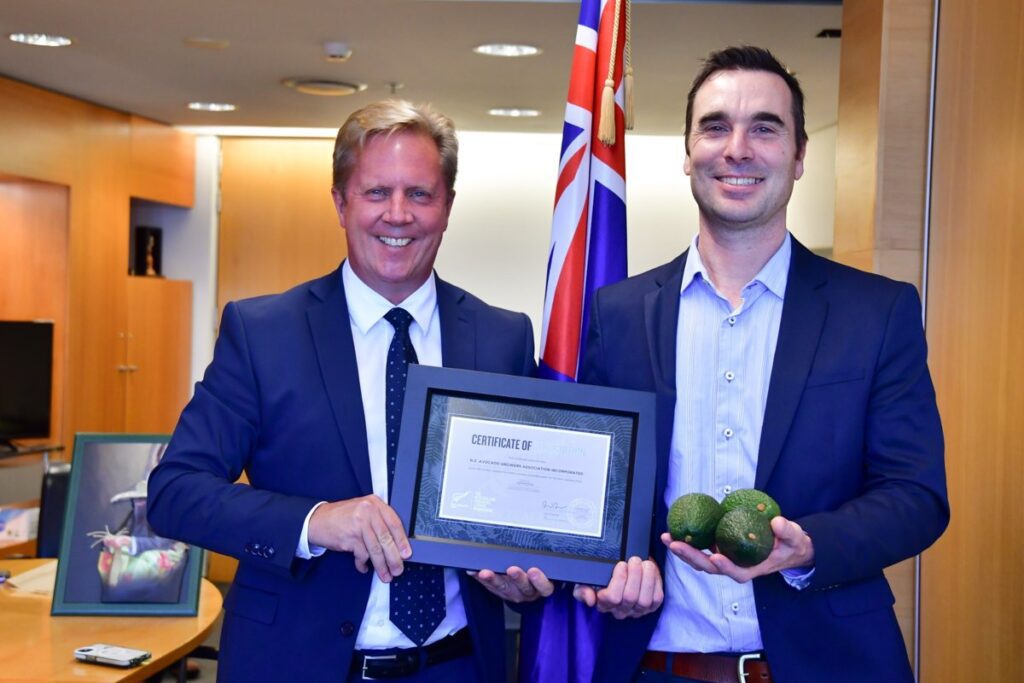AVEC update: 2021-22 avocado season outlook
Avocado exporters met on 30 June in Auckland for a scheduled Avocado Exporter Council meeting. There was collective concern expressed from exporters in relation to the upcoming avocado export season. This communication serves to outline what these concerns are to avocado growers, together with setting expectation around the likely impact they will have on returns.
The avocado season ahead is shaping up as one of the toughest to be faced by the industry and is forecasted to present unprecedented challenges for all avocado stakeholders. In brief, the key challenges the industry is facing comprise:
- A congested Australian marketplace, with significantly greater Australian crop volumes available;
- Continuing major disruption and unreliability in global shipping and logistics;
- Increased competition from South American across Asian markets;
- Increasing volumes due to increased planting in NZ and internationally over the last five years.
The Australian marketplace
Currently, the Australian market is under pressure with a heavy volume of Central and North Queensland fruit trying to move 400,000+ trays per week through the winter months. Retail prices have fallen to $1.00 per piece even on premium sizes and represent unprecedented levels.
In New Zealand’s favour, most exporting will be into spring and summer when demand will be stronger and so too the market values. However, Western Australia is projected to be up in volume by around 100% to 7+ million trays and South Australia has also set a large crop, up from 400,000 to 800,000 trays.
Furthermore, there is anticipation that Chilean volumes to Australia will grow. Exporters will be keeping a keen eye on Chile’s development in Australia – at this stage Chile are only involved in the wholesale market and they do have some learnings to undertake around the greater transit times to Australia versus NZ grown fruit.
Shipping and logistics
Shipping schedules across all trade lanes remain totally unreliable and extremely difficult to manage. Vessels are full and reefer container equipment is scarce. Port congestion has improved in some places but also remains a challenge.
It is very possible that the shipping situation will cause disruptions and may even create scenarios such as there being no sailings or equipment available to load. Exporters are working on contingency plans to help mitigate risks associated with this. This includes the potential use of ‘top stowed’ containers on the Zespri charter vessels for markets such as Japan, Korea and China.
Asian markets
While shipping is by no means certain, unlike last season when exporters could scale back Asian programmes to feed a hungry Australian market, they will now be working hard to deliver on their plans into Asia.
The world is continuing to witness many Asian markets combating Covid-19, moving in and out of lockdowns. So far this does not appear to be impacting demand for fresh fruit, more the way it is managed through the supply chain.
A greater concern with Asia for exporters has been the progressive market penetration South American supply nations such as Peru, Chile, Mexico and Colombia have achieved in recent years.
Increasing volumes from New Zealand
Another area of concern on the forefront of exporters minds is the increasing volumes due to increased planting in New Zealand and internationally over the last five years. This is of concern not just for the upcoming 2021-22 season but also for the seasons beyond.
At the time of writing this article, the New Zealand industry is yet to publish the 2021-22 export flow plan which will highlight the increased volumes being planned to Asia. Exporters are anticipating these to be up 300% on the prior season.
To summarise
Taking account of the issues referenced above, the signal to growers is the need for conservatism in terms of expectations from the season; in contrast to what has been enjoyed over recent seasons. The key message to growers is that with the challenges ahead this coming season growers need to lower their expectations around returns.
Noting the challenging year ahead, exporters are focused on keeping growers well informed of their marketing plans and the market dynamics as the season unfolds. Exporters are also very receptive of receiving direct dialogue from their grower bases to discuss the more specific details of their individual circumstances and challenges.
If you have any questions about the information above please contact your exporter.
Neil McLoughlin
AVEC Chair




